Remember when we thought the future would look exactly like Blade Runner? The 1980s were a magical time for moviegoers, when computer graphics were still in their infancy and practical effects ruled the day. We’d sit in those sticky-floored theaters, munching on overpriced popcorn, watching filmmakers push the boundaries of what was possible with rubber, miniatures, and sheer creative ingenuity.
Looking back now, some of those groundbreaking effects make us chuckle—but that doesn’t diminish the wonder we felt seeing them for the first time. These movies didn’t just entertain us; they transported us to worlds we’d never imagined, using whatever tools were available to create pure movie magic.
1. Tron (1982)
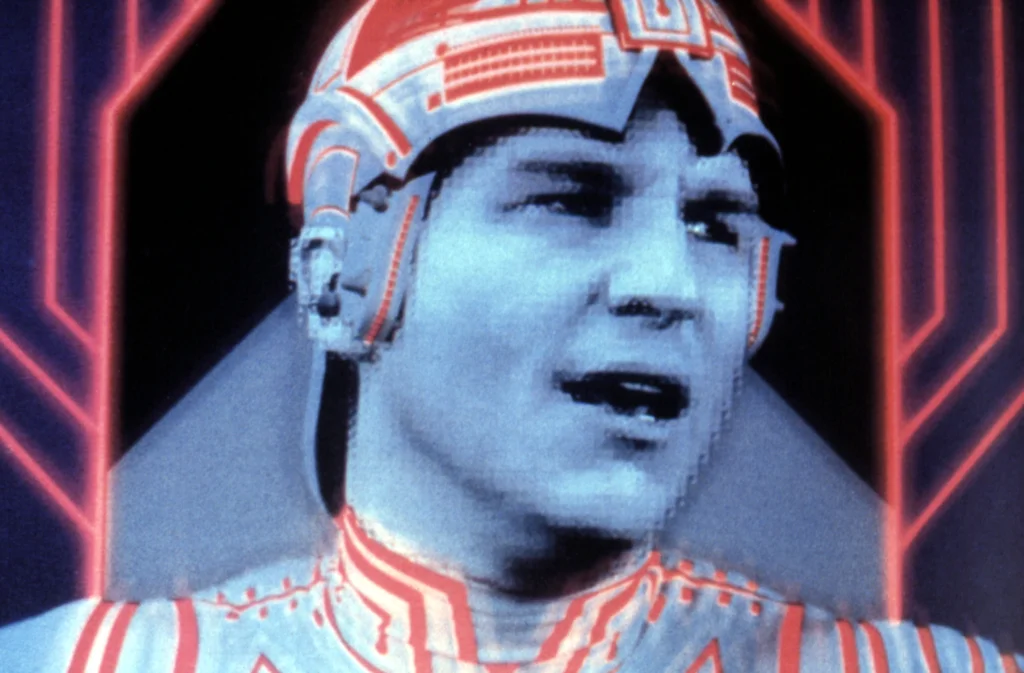
Disney’s ambitious venture into the digital realm was unlike anything we’d ever seen before. The glowing landscapes, the light cycles racing through geometric grids, and those sleek computer programs in their neon-lit costumes made us believe we were actually inside a computer. Sure, the animation looks primitive by today’s standards, but back then it felt like we were witnessing the birth of a new art form. The Guardian points to this film transforming cinema as a whole.
The film’s unique visual style mixed live-action footage with early computer animation in ways that seemed revolutionary. Every surface seemed to pulse with electric energy, and the whole movie had this otherworldly glow that made our neighborhood multiplex feel like a portal to tomorrow. We walked out of that theater convinced that this was what the future of filmmaking would look like—and in many ways, we weren’t wrong.
2. The Last Starfighter (1984)
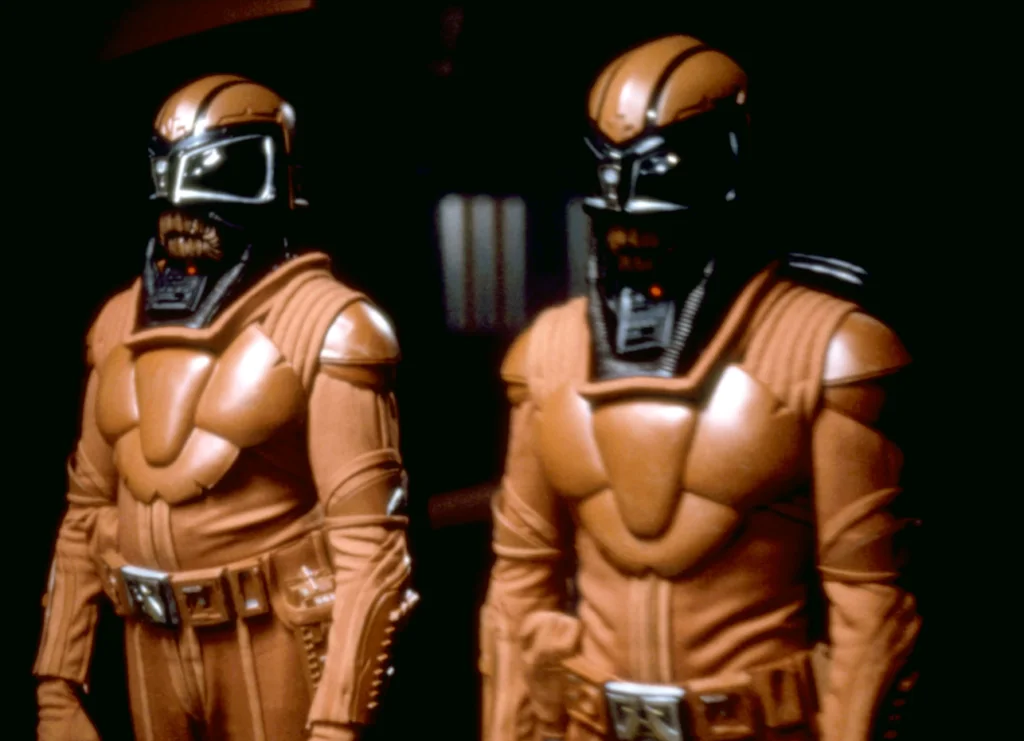
This underrated gem took us from a small-town arcade to the far reaches of space, and we believed every minute of it. The computer-generated spaceships and alien worlds were cutting-edge for their time, even if they now look like something from an early video game. But that digital aesthetic perfectly captured the story’s video game origins, making every space battle feel like we were watching someone play the most advanced arcade game ever created. Space admires the grand scope and relatable story at the heart of this tale.
The Gunstar fighters and the massive Star Destroyer-style ships had a sleek, angular beauty that felt futuristic and exciting. When those ships swooped and dove through digital space, dodging laser fire and asteroid fields, we gripped our armrests and felt like we were right there in the cockpit. The effects may seem quaint now, but they served the story perfectly and made us all wish we could find that special arcade game in our local pizza parlor.
3. The Thing (1982)
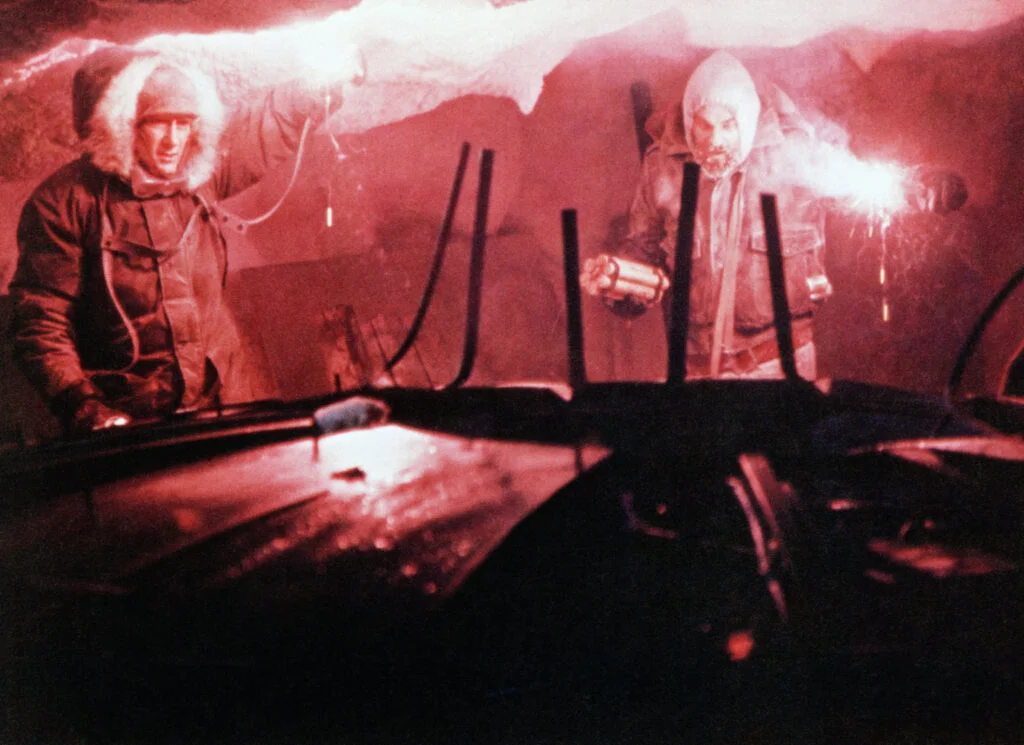
John Carpenter’s masterpiece of paranoia gave us some of the most disturbing and innovative practical effects ever put on screen. The creature transformations were so grotesque and imaginative that they haunted our dreams for weeks afterward. Rob Bottin’s incredible work created something that felt genuinely alien and terrifying, using puppets, animatronics, and clever camera work to bring nightmares to life. To this day, Screen Rant praises this film’s setting as one of the best for horror films ever.
Every time the Thing revealed its true nature, we never knew what horrific form it would take next. The effects were so convincing that we found ourselves looking sideways at our friends, wondering if they might be hiding something sinister beneath their familiar faces. Those rubber and latex creations may not have the seamless perfection of today’s CGI, but they had a tactile, physical presence that made them feel disturbingly real.
4. An American Werewolf in London (1981)
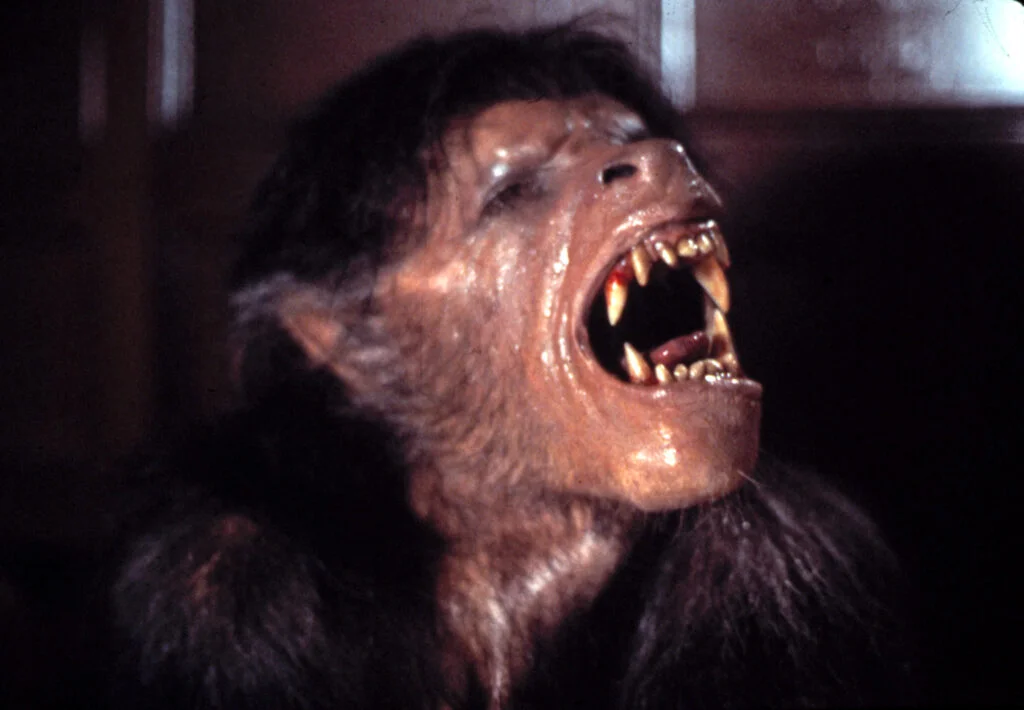
Rick Baker’s groundbreaking werewolf transformation sequence set the gold standard for horror makeup effects. We watched in fascination and horror as David’s body contorted and changed in ways that seemed impossible to fake. The combination of practical effects, clever editing, and genuine physical performance created something that felt viscerally real, even as our rational minds knew it had to be movie magic.
The transformation scene became the stuff of legend, passed down through whispered conversations and late-night TV viewings. Baker’s attention to detail made every crack of bone and stretch of skin believable, creating a sequence that was simultaneously beautiful and terrifying. Even today, with all our advanced digital technology, filmmakers still point to this scene as a masterclass in practical effects work.
5. Blade Runner (1982)
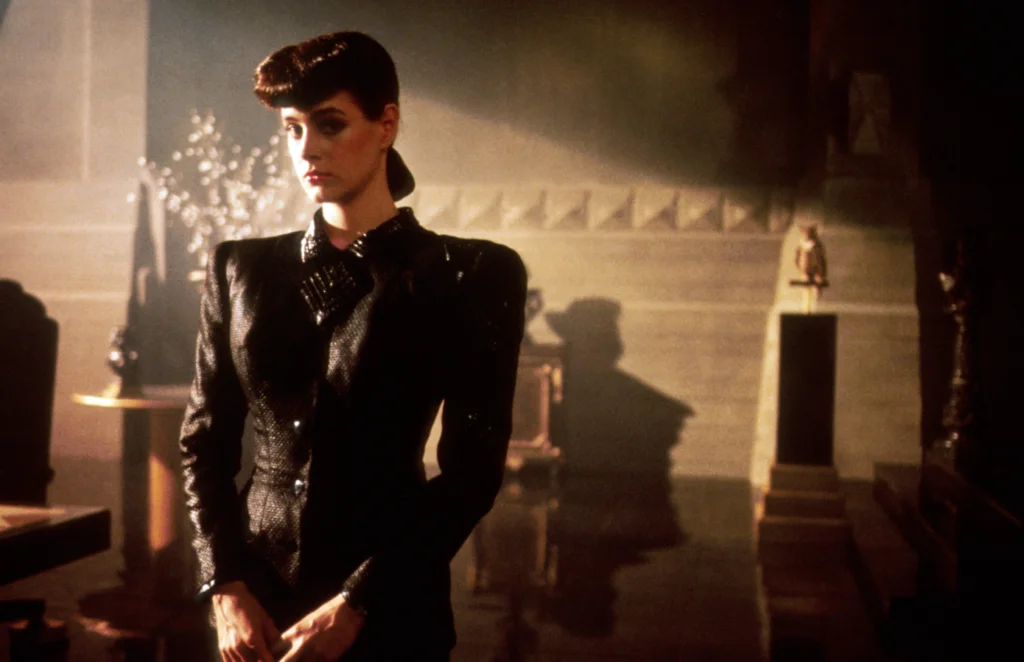
Ridley Scott’s vision of 2019 Los Angeles created a world so detailed and lived-in that it felt like a documentary from the future. The massive cityscape miniatures, the flying cars, and the towering pyramid buildings all combined to create an urban landscape that was both familiar and alien. Every rain-soaked street and neon-lit alleyway felt like places we could actually visit, if only we had the right transportation.
The film’s practical effects work extended beyond the big set pieces to the smallest details—the glowing eyes of the replicants, the intricate props, and the atmospheric smoke that seemed to drift through every scene. The movie’s visual style became so influential that it defined how we imagined the future would look, from fashion to architecture to technology. Those miniature buildings and painted backdrops created a world more convincing than many of today’s all-digital environments.
6. E.T. the Extra-Terrestrial (1982)
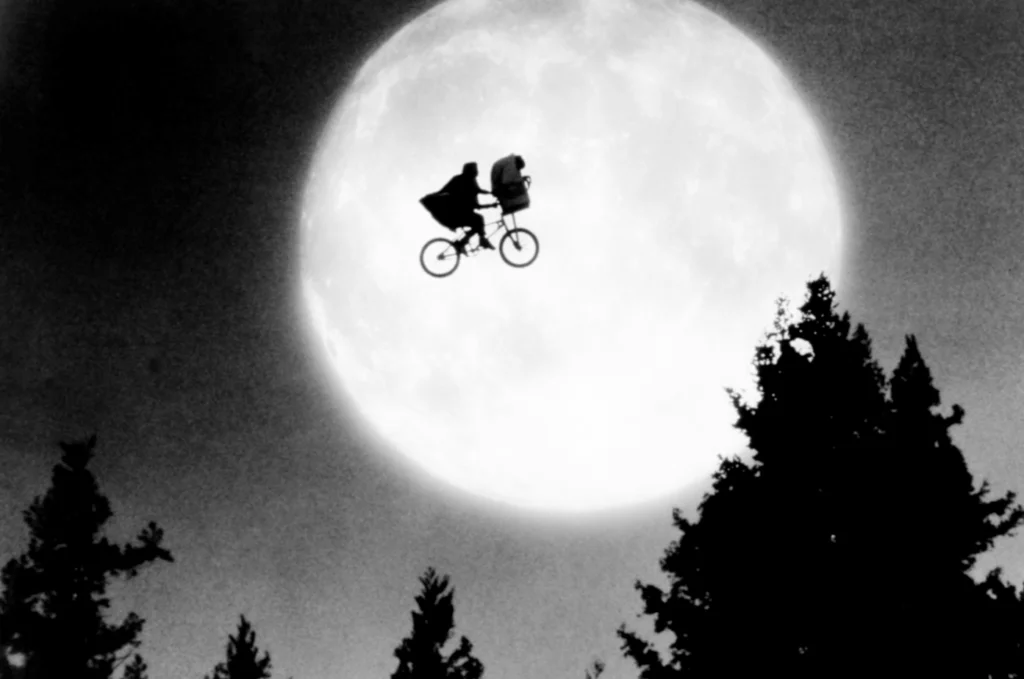
Steven Spielberg’s lovable alien visitor captured our hearts with a combination of puppetry, animatronics, and pure movie magic. E.T. felt so real and expressive that we forgot we were looking at a mechanical creation operated by skilled puppeteers. The little guy’s glowing finger, his expressive eyes, and his childlike wonder made him one of cinema’s most beloved characters, proving that the best effects serve the story rather than overwhelm it.
Carlo Rambaldi’s design and construction of E.T. created a character that could convey complex emotions without speaking much English. When E.T.’s heart glowed red or when he reached out with that famous finger, we believed completely in his alien nature while still relating to his very human emotions. The puppet may look a bit dated now, but the performance and personality that brought him to life remain as powerful as ever.
7. The Empire Strikes Back (1980)
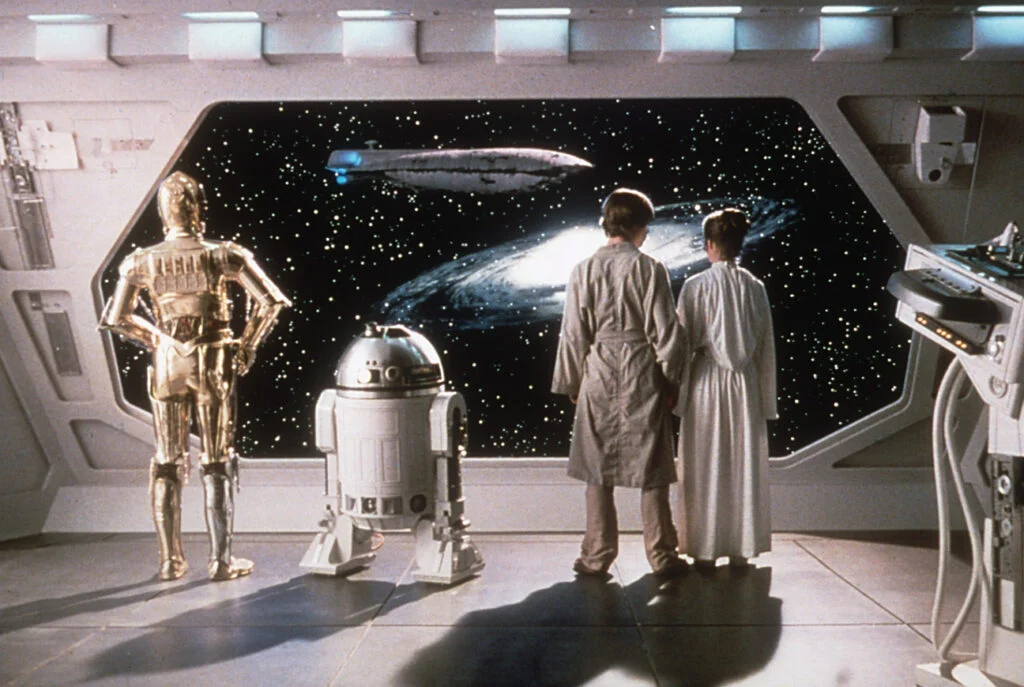
While technically from 1980, this Star Wars sequel perfected many techniques that defined ’80s filmmaking. The asteroid field chase, the Cloud City sets, and especially the lightsaber duels created a lived-in universe that felt both futuristic and timeless. Industrial Light & Magic’s work combined miniatures, matte paintings, and practical effects to create worlds that seemed to extend far beyond the edges of the screen.
The film’s creature work, from the imposing AT-AT walkers to the wise Yoda puppet, showed us that practical effects could create characters and vehicles that felt completely real. Every lightsaber clash had weight and danger, every spaceship battle felt like a real dogfight, and every alien world seemed like a place we could actually visit. The effects work supported the storytelling so seamlessly that we never questioned what we were seeing, even when it involved tiny green Jedi masters lifting X-wing fighters from swamps.
8. Poltergeist (1982)
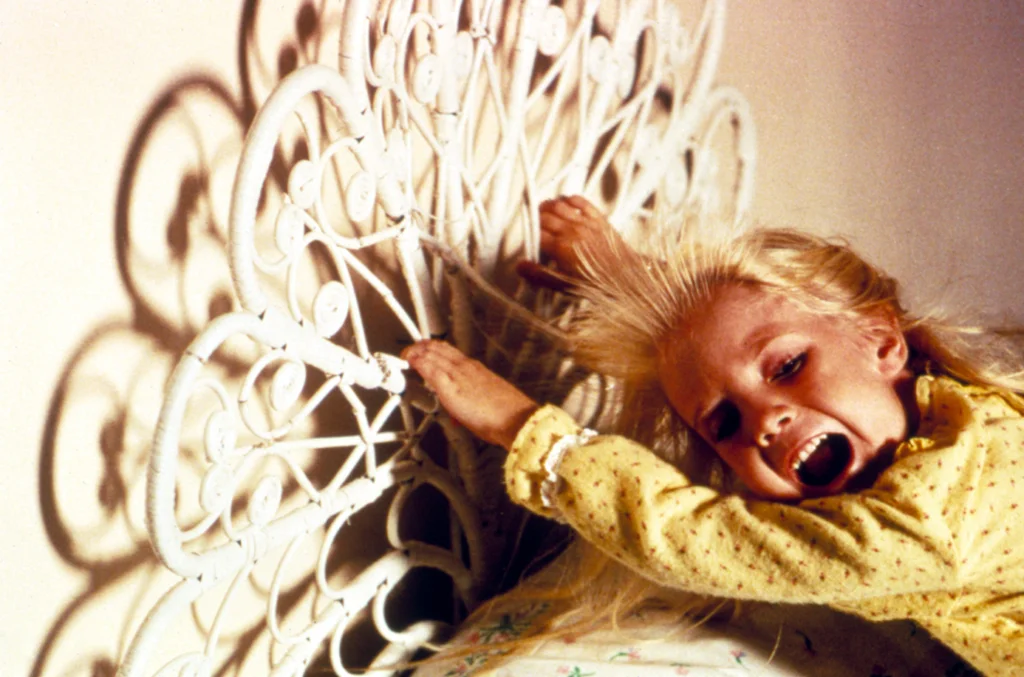
Tobe Hooper and Steven Spielberg’s supernatural thriller brought the haunted house genre into the modern age with effects that made our suburban homes feel suddenly sinister. The ghostly manifestations, from simple moving objects to full-scale spectral assaults, were achieved through clever practical tricks that felt genuinely supernatural. When that television started talking back or when the kitchen chairs began stacking themselves, we believed that something otherworldly had invaded this ordinary American home.
The film’s climactic scenes, with their swirling vortexes and nightmarish imagery, pushed practical effects to their limits in service of pure terror. The combination of wind machines, clever lighting, and innovative camera work created supernatural events that felt chaotic and dangerous. Those rubber and latex monsters may not hold up to close scrutiny today, but in the context of the film’s relentless supernatural assault, they were absolutely convincing.
9. Young Sherlock Holmes (1985)
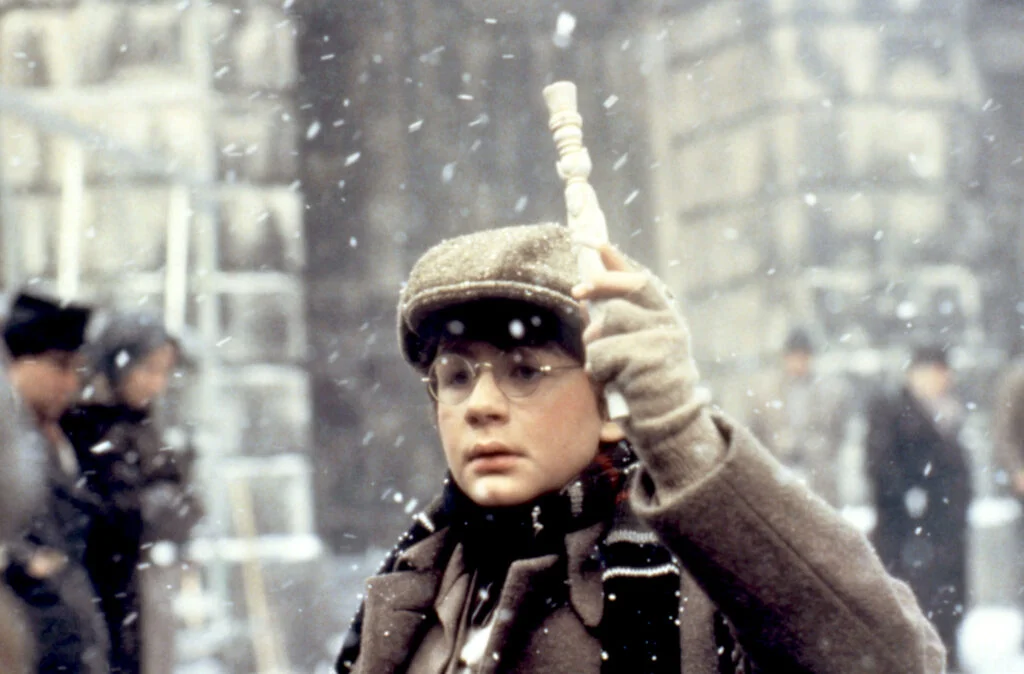
This underrated adventure film featured one of the first fully computer-generated characters in cinema history—the stained glass knight that comes to life in a medieval church. The sequence was groundbreaking for its time, showing us a glimpse of what computer animation could achieve when properly integrated with live action. The knight moved with a fluid grace that seemed impossible for something made of colored glass, creating a moment of pure movie magic that left us wondering how they possibly filmed it.
The film’s other effects, from elaborate Victorian contraptions to mystical hallucinations, showed the same attention to detail and creative problem-solving that made ’80s effects work so memorable. Every mechanical device felt like it could actually function, and every supernatural element had a tactile quality that made it believable. The movie may not have found a huge audience, but its technical innovations helped pave the way for the digital revolution that was coming.
10. The Fly (1986)
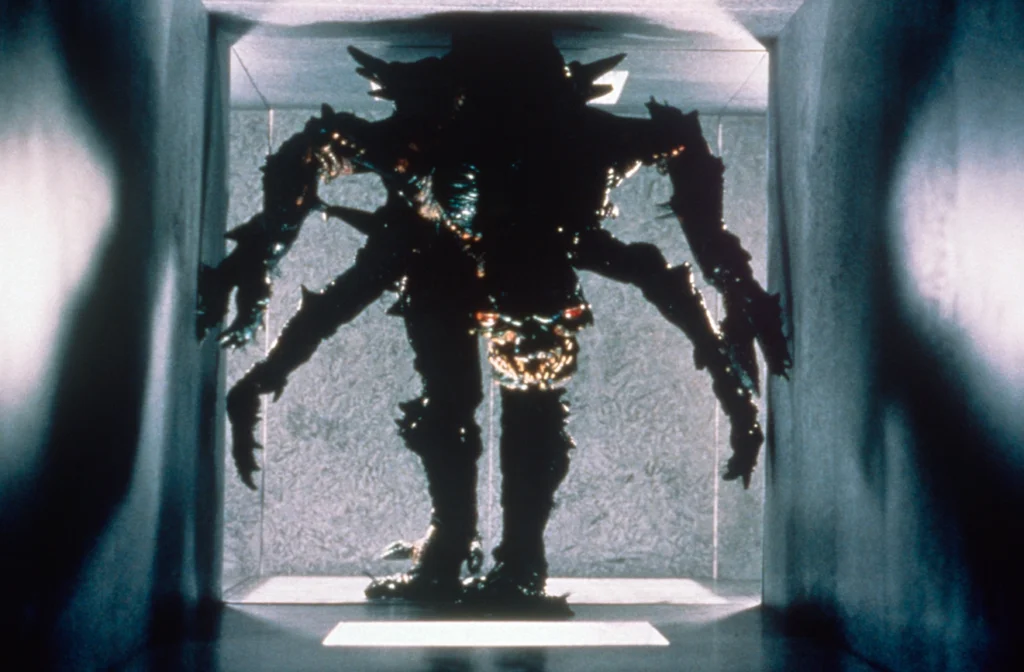
David Cronenberg’s remake took body horror to new heights with some of the most disturbing and creative makeup effects ever captured on film. Chris Walas and Stephan Dupuis created a transformation that was gradual, disgusting, and oddly beautiful, showing us Jeff Goldblum’s slow metamorphosis from scientist to insect in excruciating detail. Every stage of Brundlefly’s evolution was meticulously crafted, creating a character that was simultaneously repulsive and sympathetic.
The film’s effects work went beyond just the makeup to include the teleportation pods, the gradually deteriorating apartment, and all the small details that sold the reality of this scientific nightmare. When body parts started falling off or when we saw the final, fully transformed creature, the practical effects had a weight and presence that made everything feel disturbingly real. The makeup may look somewhat artificial by today’s standards, but the creativity and craftsmanship involved still commands respect from effects artists worldwide.
11. Big Trouble in Little China (1986)
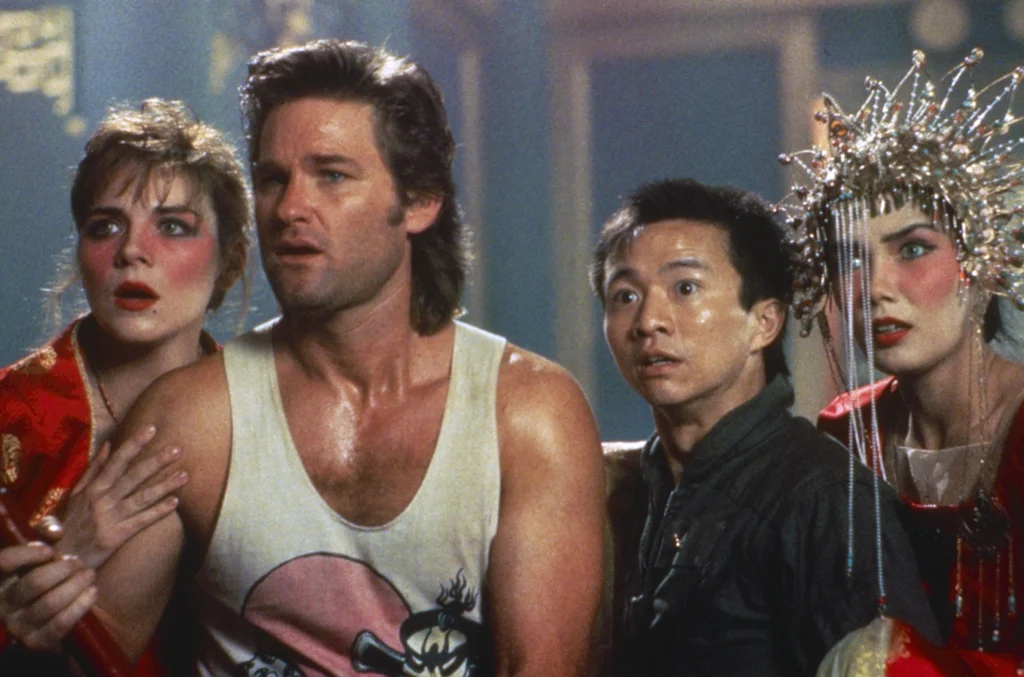
John Carpenter’s supernatural martial arts adventure was a feast of practical effects that brought ancient Chinese magic to modern-day San Francisco. The floating sorcerers, the underground palace sets, and the various supernatural creatures all combined to create a world where anything seemed possible. The film’s effects had a theatrical, almost operatic quality that perfectly matched its over-the-top storytelling style.
From the storm-summoning villain to the mystical warriors with their glowing eyes, every supernatural element was achieved through clever combinations of puppetry, wire work, and good old-fashioned movie magic. The effects may seem a bit campy now, but they were perfectly suited to the film’s comic book sensibilities and helped create one of the most entertaining adventures of the decade. When those ancient evils finally revealed themselves, the practical effects gave them a presence and personality that purely digital creations often struggle to match.
12. They Live (1988)
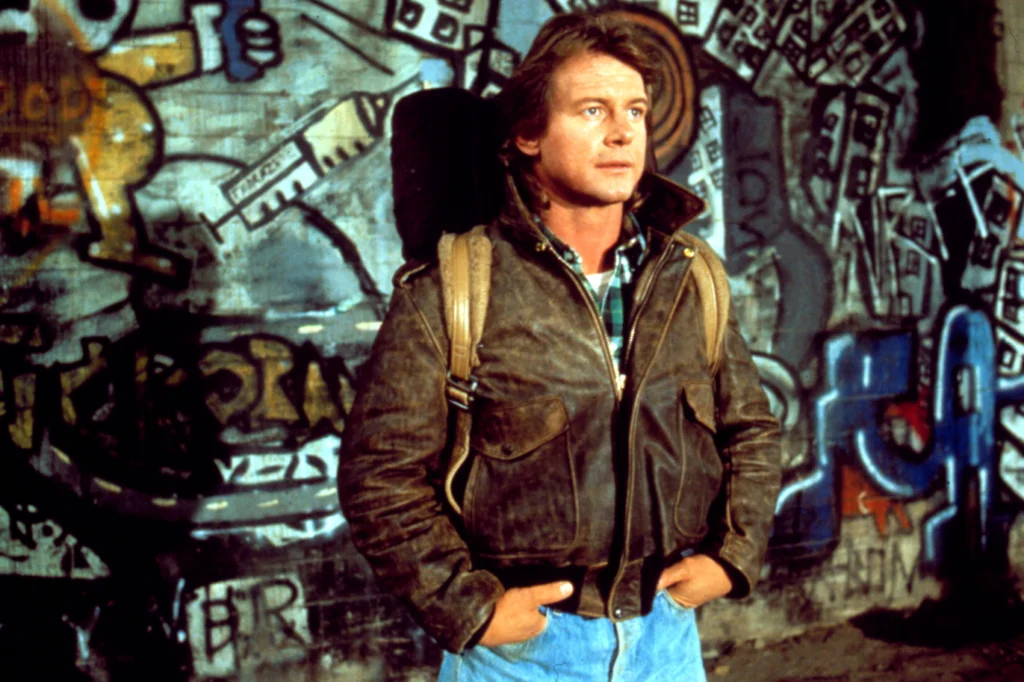
John Carpenter’s satirical science fiction thriller used relatively simple effects to create one of the most memorable alien invasions in cinema history. The special sunglasses that revealed the hidden truth about our world, the subliminal messages hidden in advertising, and the grotesque alien faces beneath human disguises were all achieved through practical means that felt immediate and real. The movie proved that effective science fiction didn’t need expensive effects—just creative ones.
The film’s alien designs were purposefully unsettling rather than elaborate, using makeup and prosthetics to create faces that were recognizably humanoid but completely wrong in every detail. When the protagonist put on those magic sunglasses and saw the world as it really was, the transformation felt genuinely shocking and revelatory. The effects work supported the film’s social commentary perfectly, creating a paranoid atmosphere where nothing could be trusted and anyone could be the enemy.
Those were the days when moviemakers had to rely on imagination, ingenuity, and good old-fashioned craftsmanship to create their visions. Sure, we can chuckle now at some of those rubber monsters and early computer graphics, but they represented the dreams and ambitions of filmmakers who refused to let technical limitations stop them from telling extraordinary stories. In many ways, the creativity born from those limitations produced effects that were more memorable and impactful than anything a computer can generate today. We may have better technology now, but we’ll always have a soft spot for the practical magic that made the impossible seem real, one latex mask and miniature spaceship at a time.


